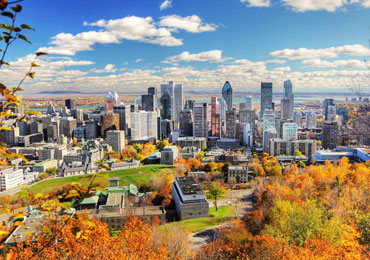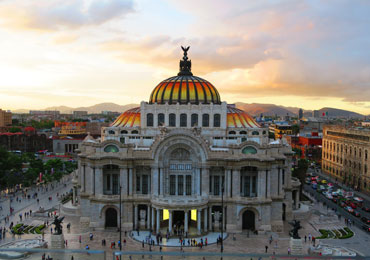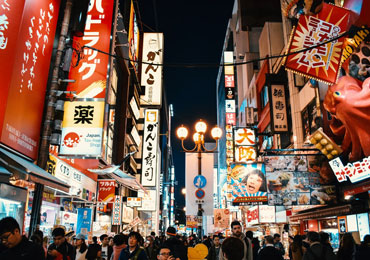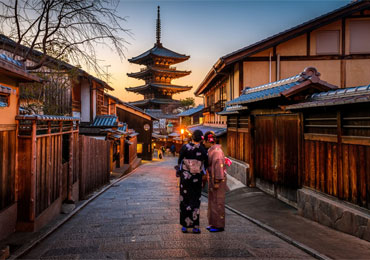History of Québec
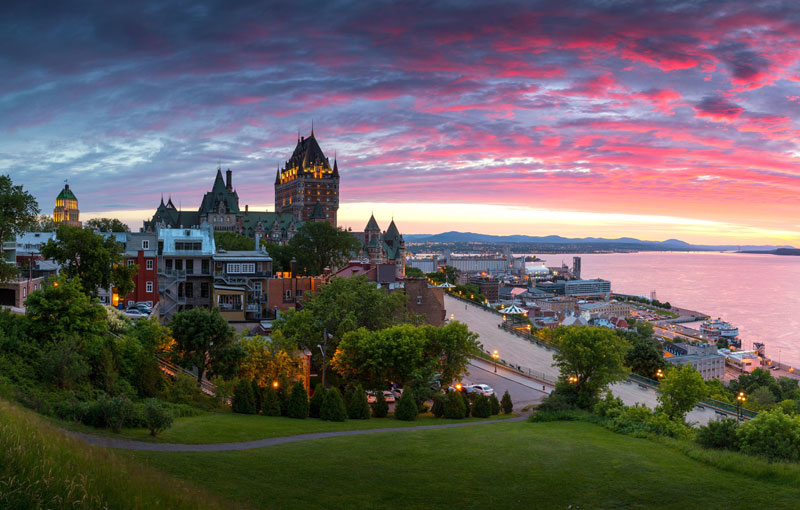
Québec is a Canadian province or port. It is one of the oldest cities of Canada that celebrated its 400th anniversary in the year 2008. It is popular for its stone buildings, rich French Canadian culture, cobblestone streets, and fortifications. It is one of the only walled cities remaining in North America north of Mexico and has been recognized as the UNESCO world heritage site in 1985. Québec has a particular old-world character and appeal. Québec has remains that remind of the history it carries. Let's jump into the old times and look at the events that have influenced the region, shaped its culture and nation.
History:
Around 10,000 years back, the Algonquin and Iroquois were the first to set foot in present-day Québec. The Iroquois were the farmers who used to plant sunflowers, corn, and beans around the St. Lawrence Valley for quite a long time before Québec's initially reported European visitors, French traveler Jacques Cartier, showed up in 1534. Cartier spent his first Québec winter at the Cartier-Brébeuf National Historic Site of Canada (175 de l'Espinay Street, Québec City), where currently the model of the merchant ship and Iroquois longhouse stands.
In 1535, Cartier cruised along the St Lawrence River past two Iroquoian towns named Stadacona, near present-day Québec City, and Hochelaga on the island of Montréal. Québec's first French settlement, Charlesbourg Royal, was set up close to the present-day Québec City suburb of Cap-Rouge in 1541. The brutal winter climate and Iroquois outbreaks made the settlement of four hundred individuals to be deserted right after the year it was established.
The new North American region of France was neglected at large until 1608, the year Samuel de Champlain established the Québec City, the first permanent settlement of the province and perhaps the oldest city on the whole continent. Despite numerous deaths from starvation, bone-chilling winter, starvation, and illness, the population of the new colony steadily developed, yet at a much slower rate than neighboring British North America.
By the mid-eighteenth century, the new population of France was sixty thousand while the 13 provinces which would turn into the United States bragged over 1,000,000 individuals inside a much smaller space. In 1756, New France turned into a landmark during the Seven Years' War, which ended in the 1759 Plains of Abraham battle outside of the walls of the Québec City. Today, Abraham's Plains (835 Wilfrid Laurier Avenue, Québec City) houses an intelligent pavilion discovery.
The French general Louis-Joseph and British general James Wolfe, Marquis de Montcalm, were mortally injured during this critical fight. After four years, New France and most other French North American regions were surrendered to Great Britain in the Treaty of Paris.The British passed the Québec Act of 1774, giving their French-speaking subjects the option to rehearse their faith in Catholic and French law in order to tie down their loyalty and alliance to the British even with developing distress in the 13 provinces. American Revolutionary officers staged an invasion of Montréal that was unsuccessful in 1775.
Later after the American Revolution, the region or territory known as the Lower Canada invited and warmly welcomed the numerous English-speaking Loyalists close by its majority share of the French-speaking population. The vast majority of the Loyalists got comfortable with the Montréal and the Eastern Townships to its south. The British armed force finished the 1837 and 1838 Lower Canada Rebellion, bringing about the association of Upper and Lower Canada into a single territory.
In 1864, three years later, the Québec City facilitated the second Fathers of Confederation meeting, and Québec grew into one of the four original regions of Canada. Wilfrid Laurier turned into the first Canadian Québecois Prime Minister in 1896. For a long time, Québec was a generally provincial region whose fundamental ventures and industries were farming and foresting.
The 1960's Quiet Revolution peacefully changed Québec from a general traditionalist Catholic culture to a common and liberal society with a developing feeling of patriotism and nationalism, bringing about the 1976 elections of the Parti Québecois – a provincial political party supporting the freedom of Québec from the leftover of Canada. The residents of Québec twice dismissed Québec power during the 1980 and 1995 referendums regarding the matter.
There has been a lot of discussions and debates on the alliance and relationship between Québec and the rest of Canada since the time Québec was the lone Canadian territory not to sign Canada's 1982 constitution. Nonetheless, discussion regarding the power and sovereignty has been set aside for later since Canada's House of Commons passed a 2006 movement announcing the Québécois as a nation within a unified Canada.
Despite the fact that Québec previously became the territory of the British in 1759 and joined the prevalently English-speaking nation of Canada in 1867, the 1774 Québec Act allowed its French Catholic greater population to protect their language, religion, and French common law code right up 'til the present time. Québec, be that as it may, has had a critical English-speaking population since the eighteenth century and has entertained developing quantities of immigrants from around the globe.

